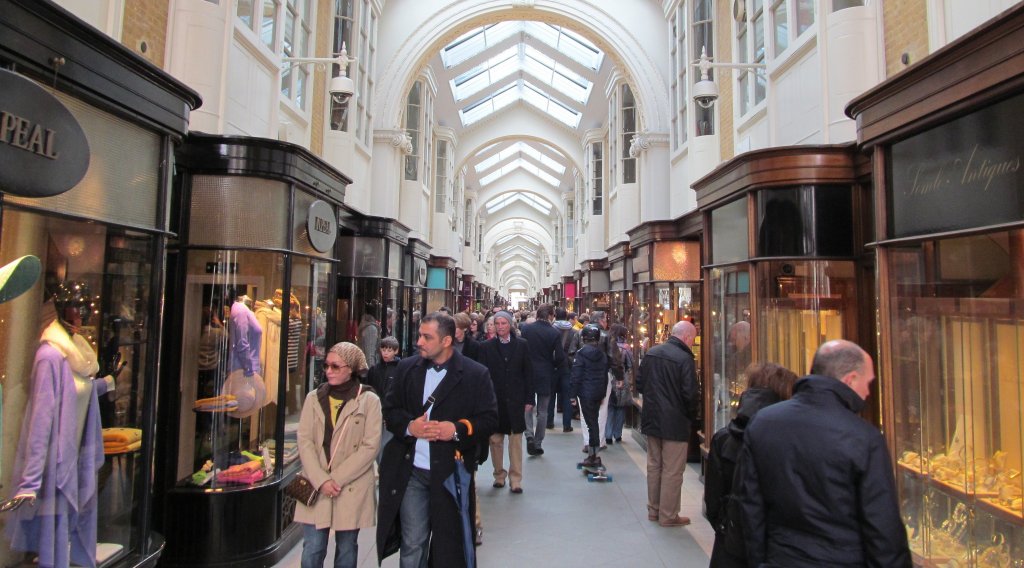The high cost of retail shrinkage
Four years ago, it was reported that UK retailers were losing almost £11 billion annually - the most of any country in Europe. Shoplifting events stood at 1,000 daily incidents.
A November 2022 US report suggests that retail shrinkage levels in the USA run at 1.4%, which represents an eye-watering loss of $94.5 billion, according to the National Retail Federation’s 2022 National Retail Security Survey.
Loss takes into account criminal activities, such as shoplifting and employee theft, while non-criminal events, such as fire damage to stock, and food waste, also contribute to shrinkage figures. All of these factors represent the loss of potential revenue.
Rise in cost of living triggers crimewave
In February 2023, it was reported that the cost-of-living crisis is triggering a wave of workplace crime. Theft by employees jumped by 19% amid warnings that the rising cost of living is triggering a wave of workplace crime.
Almost 6,000 people were caught stealing from their employer in 2022 - up from 5,000 the year before. The analysis, carried out by insurer Zurich UK, was based on a Freedom of Information Act sent to all 43 police forces in England and Wales.
The size of the shrinkage problem means that retailers invest heavily in sizable loss prevention and asset protection teams. Indications are that LP/AP teams are growing in size and command larger budgets year-on-year, which translates into another dent in profits.
Loss prevention technologies
Traditional methods of loss prevention are becoming less effective when used on their own. While most retailers use CCTV cameras to monitor their operations, more stores are adding complementary methods, such as integrating cameras with electronic article surveillance (EAS) systems.
As retail security risks evolve, retailers adopt new strategies to mitigate risks, including video analytics and artificial intelligence.
There is a pressing need to implement more intelligence-based loss prevention practices. Security technologies can provide more detailed data and the intelligence required to investigate retail crime, and identify pressure points and weaknesses.
Facit at Euroshop 2023
When we attended Euroshop, the No.1 Retail Trade Fair this year, there were several dominant themes, which included sustainability, customer experience and, unsurprisingly, loss prevention.
Facit exhibited to demonstrate the value of integrated analytics that maximise the functionality of already-installed security cameras, firstly to generate business and sales intelligence, and also to prevent potential losses.
We were made aware of the high cost of entrance barriers and the similarly high cost of trolley monitoring hardware, both of which have been deployed in stores to monitor and counter suspicious movement.

CCTV analytics and ‘wrong’ movement alarms
Most people are familiar with anti-flowback security systems that operate at airports to prevent passengers returning airside once they have moved landside. Anyone attempting to breach the system is likely to pose a security risk. Movements at shop entrances can similarly reveal criminal intentions.
Retail shop entrances are high security risk areas. Thieves are most likely to enter and leave via the main doorway. A common deception ploy is to attempt to leave using the entrance channel rather than the exit channel.
Shoppers who move against the designated traffic flow spoil the experience of other customers, may present a health and safety hazard, and their seeming anti-social behaviour could provide an early warning of attempted theft.
Without the need for additional hardware installation, cameras can be programmed to send an alert when a trolley is being pushed in the wrong direction. Alerts can take the form of an alarm or a discreet warning to a third-party VMS.
Trials of this simple yet highly-accurate technology have taken place successfully at the sites of some of Europe’s leading retailers. Results demonstrate that thefts can be detected and prevented effectively, without the need for costly monitoring and anti-theft measures.
Flow detection technology will be rolled out across retail estates as an efficient means to prevent a specific type of shop-lifting loss - one that is currently rising as the cost-of-living crisis unfortunately affects more people.
Facit and the retail sector
The retail market faces unprecedented challenges as bricks-and-mortar locations redefine their roles and face pressures to control costs in a super-competitive landscape.
Facit’s suite of business intelligence tools – such as Smart Count, Smart Queue and Smart Zone – enable retailers to maximise the value of data captured over CCTV cameras, to boost customer experience and sales, and to protect profits by preventing loss. Get in touch to find out more.



